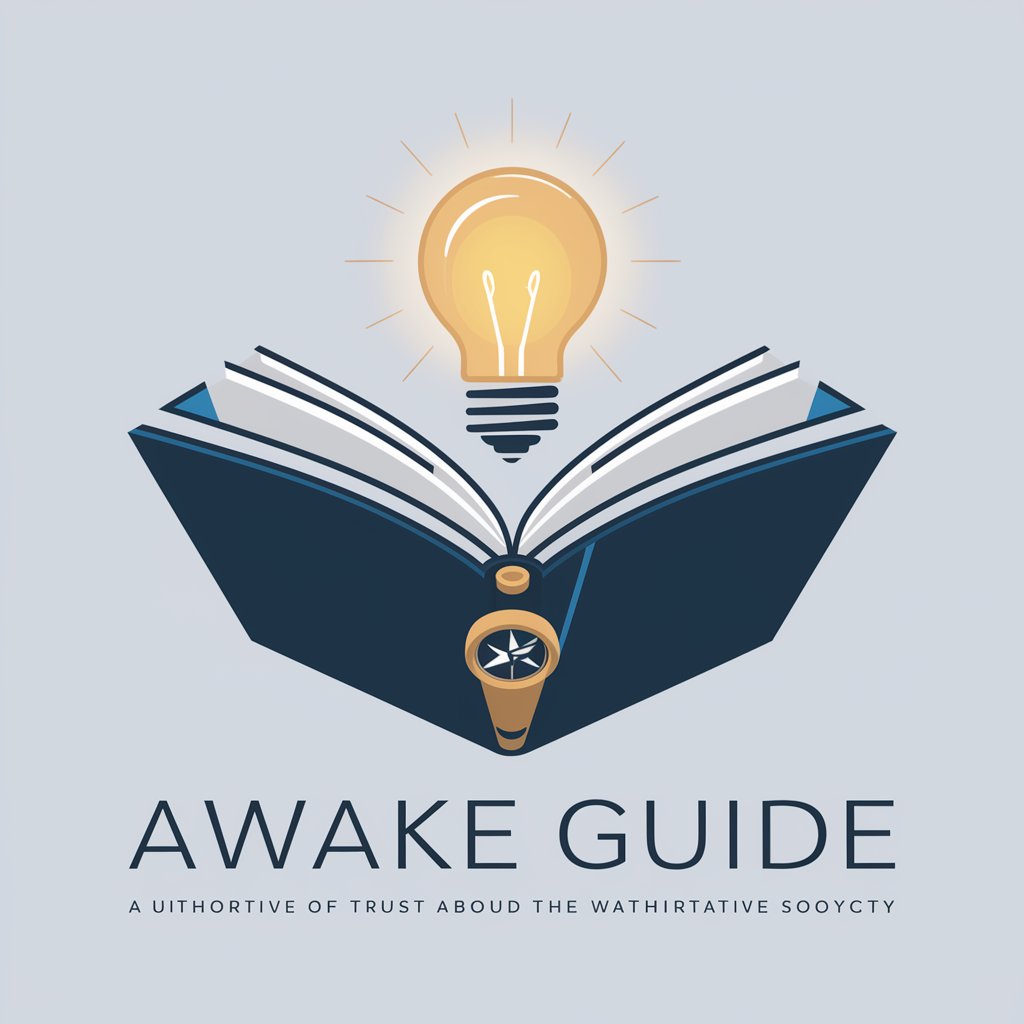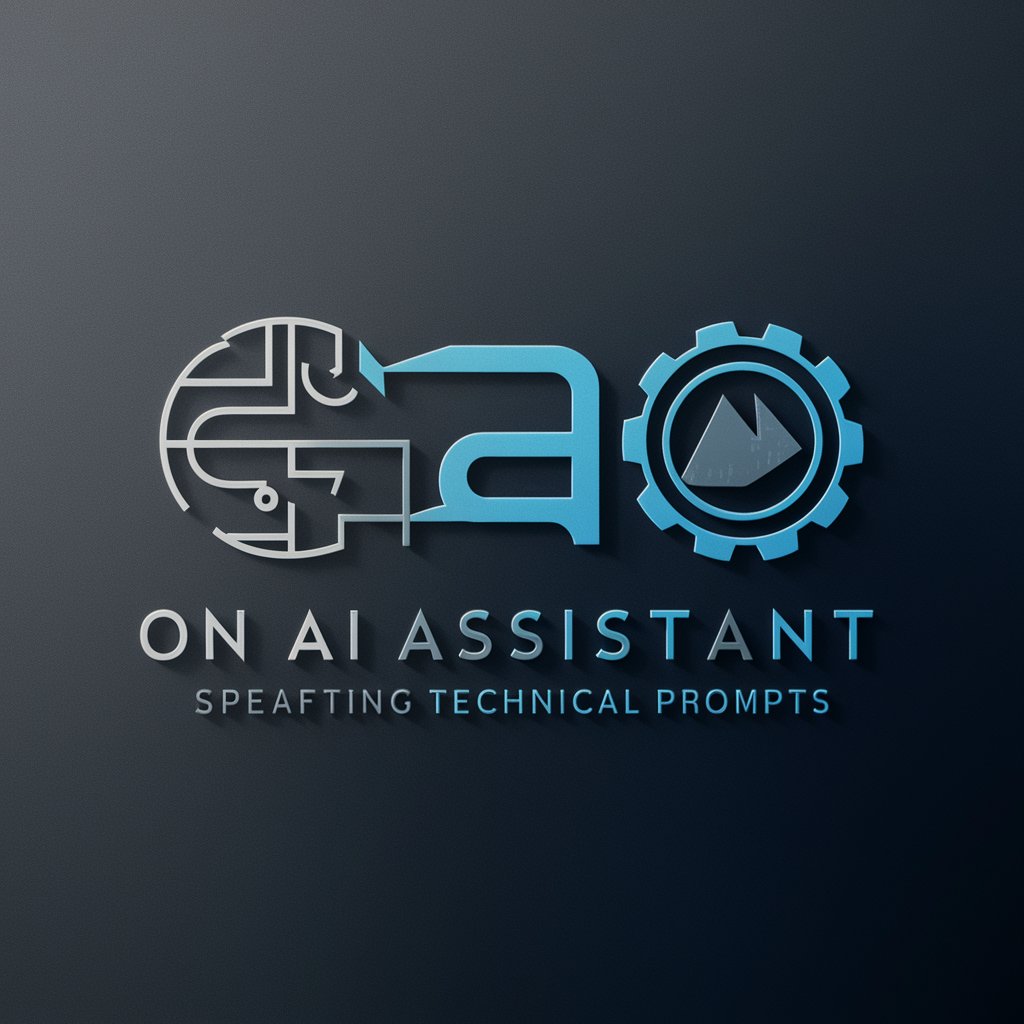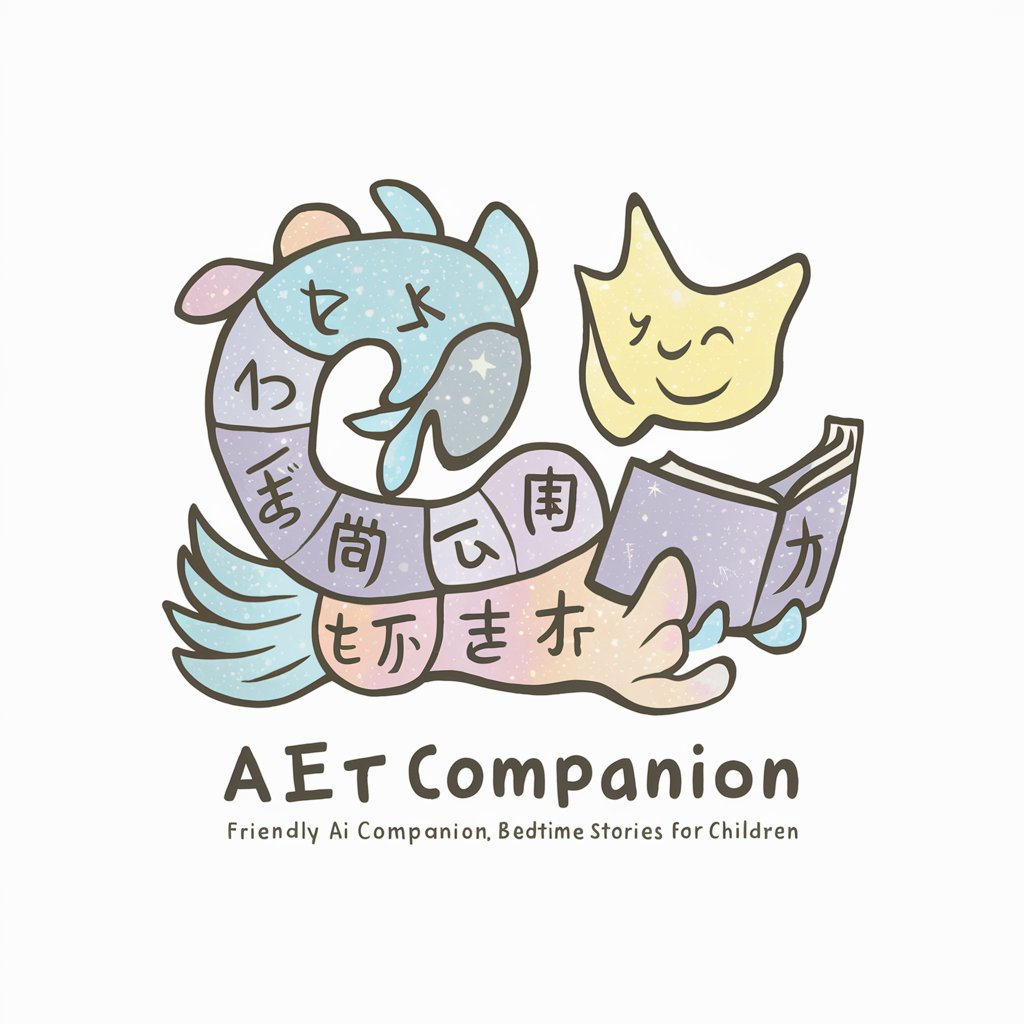英語では何と言う? - Easy Japanese to English Translation

Welcome! I'm here to help with English translations and explanations of Japanese text.
Translate and Understand with AI Power
Translate the following Japanese sentence into English:
Explain the meaning of this English word in Japanese:
What is the difference between these two English terms?
How do you say this phrase in English?
Get Embed Code
Introduction to ChatGPT
ChatGPT is an AI language model developed by OpenAI, designed primarily to understand and generate human-like text based on the input it receives. It is built on the GPT (Generative Pre-trained Transformer) architecture, which enables it to produce relevant and contextually appropriate responses. ChatGPT can perform a variety of tasks ranging from answering questions, providing explanations, summarizing content, and even generating creative writing. Examples of its application include helping users learn languages by translating texts and explaining vocabulary, assisting students with homework, or serving as a conversational partner for practicing communication skills. Powered by ChatGPT-4o。

Main Functions of ChatGPT
Conversational Interaction
Example
Users engage ChatGPT in dialogue on topics ranging from science to personal advice, where it provides responses that mimic human conversation.
Scenario
For instance, a user may ask for advice on career choices, and ChatGPT can offer thoughtful guidance based on general knowledge and typical career paths.
Educational Assistance
Example
ChatGPT can explain complex topics, answer academic questions, and help with homework or learning new skills.
Scenario
A student struggling with calculus homework could ask ChatGPT to explain a difficult concept or solve a problem step-by-step, providing both the solution and the methodology behind it.
Content Creation
Example
The model assists in generating text-based content such as articles, stories, scripts, or even poetry.
Scenario
A blogger could use ChatGPT to generate ideas or draft posts on specific topics, thereby streamlining the content creation process.
Ideal Users of ChatGPT Services
Students and Educators
Students can use ChatGPT for learning support and homework help, while educators might use it to design curriculum materials or as a teaching assistant to provide supplemental information during lessons.
Writers and Content Creators
This group benefits from ChatGPT's ability to generate creative content and ideas, helping overcome writer's block and increase productivity in content development.
Business Professionals
Professionals can utilize ChatGPT for generating reports, preparing presentations, or even handling routine email correspondence, making their workflow more efficient.

How to Use '英語では何と言う?'
1
Visit yeschat.ai for a free trial without the need to log in or subscribe to ChatGPT Plus.
2
Select the desired service mode from the homepage to match your specific translation or language learning needs.
3
Input your text or query into the provided text field to receive a translation or explanation in English.
4
Utilize the provided examples and tips to better understand the nuances of translation and language usage.
5
Explore the additional features such as listening to pronunciations or comparing different translation options for a comprehensive learning experience.
Try other advanced and practical GPTs
Awake Guide
Illuminating Truths with AI

Prompt Assistant
Enhance Your AI Interactions

Adobe Helper
Empowering creativity with AI-driven Adobe support.

Adobe PhotoShop Expert
Enhancing Creativity with AI Power

AdobeStockImage Meta Generator
Optimize your stock images with AI

ギャルリサーチャー
Revolutionizing research with Gyaru flair.

おはなしバディ
Bringing Stories to Life with AI

光と闇
Explore Dual Perspectives, Powered by AI

岡山のAI料理研究家 せとうちはると
Empowering your kitchen adventures with AI.

はるか
Your AI-Powered Japanese Companion

やまとことばメーカー
Bringing Old Japanese to Your Text

Can't Touch This GPT
Erase Your Digital Footprints Seamlessly

Frequently Asked Questions about '英語では何と言う?'
What is the primary function of '英語では何と言う?'?
It translates Japanese text into English and provides explanations of English words in Japanese.
Can '英語では何と言う?' be used for professional translation?
Yes, it is suitable for professional translations, but it's recommended to verify the translations for highly technical or legal documents.
Is there a limit to the amount of text that can be translated at once?
While there isn't a strict limit, longer texts may require more processing time.
Does '英語では何と言う?' support voice inputs?
Yes, the tool supports voice inputs for translation, enhancing its usability for conversational practice.
How accurate is '英語では何と言う?' compared to human translators?
It is highly accurate for general purposes, though nuances and context-specific translations might still require human oversight.
